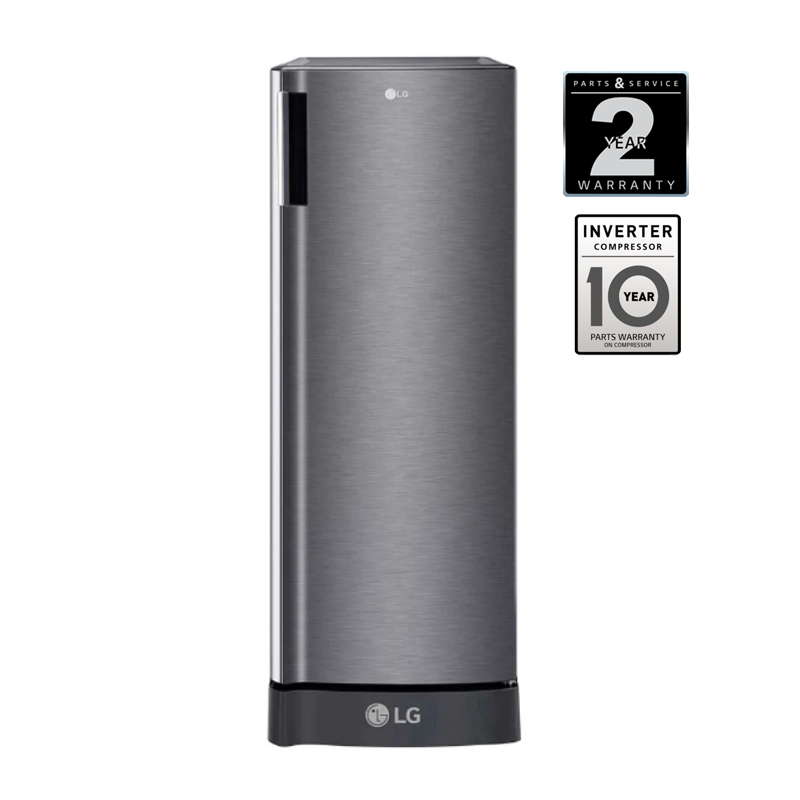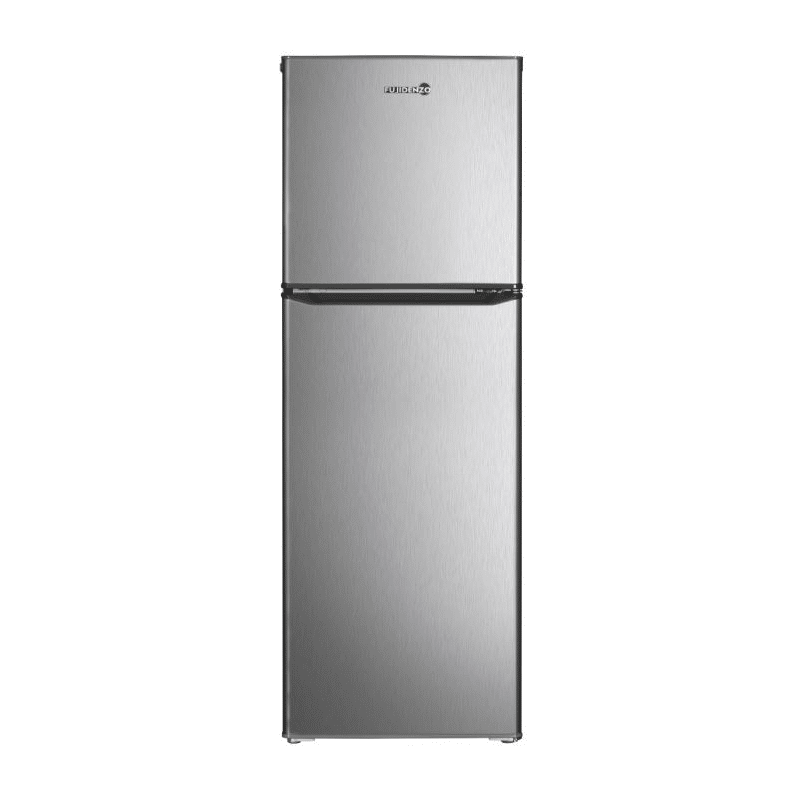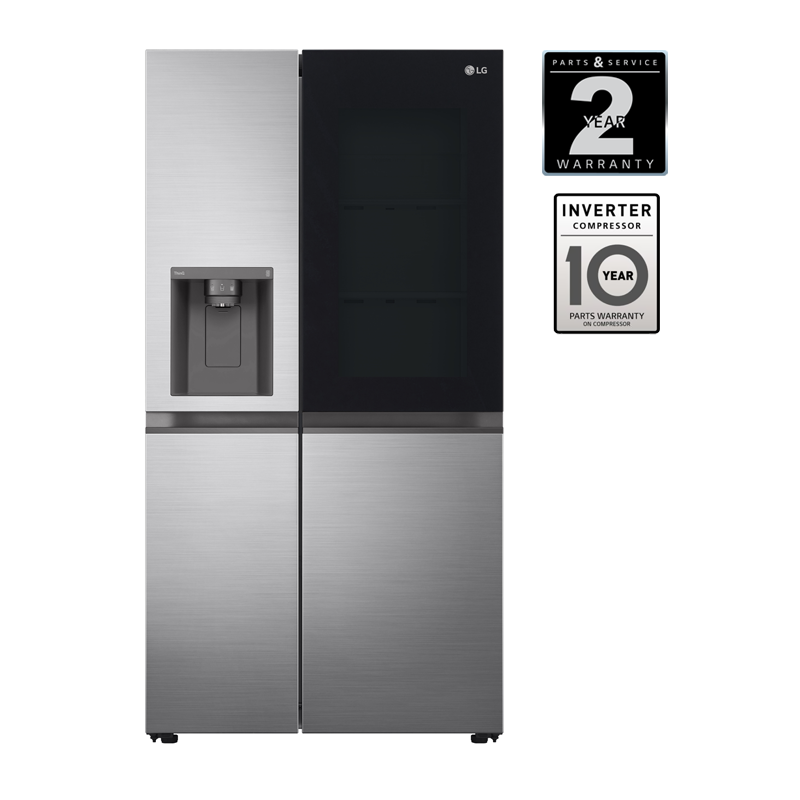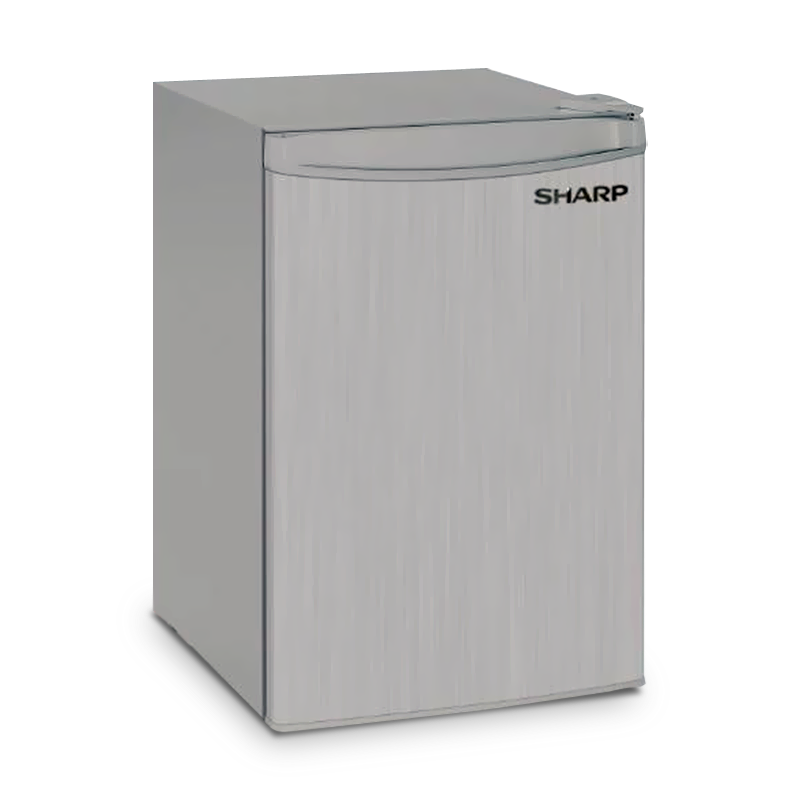Choosing the Right Refrigerator Size for your Kitchen: A Comprehensive Buyer’s Guide
Choosing the right refrigerator size for your kitchen is crucial for storage efficiency as well as aesthetics. Understanding your kitchen space and storage needs will help you select a refrigerator that fits perfectly and meets your family’s demands. With a variety of sizes and styles available, making an informed decision can enhance your cooking and dining experience.

Whether you have a cozy apartment or a spacious family home, knowing how to measure your space accurately will guide you in choosing a refrigerator that complements your lifestyle. This guide will walk you through the essential factors to consider, making it easier to find the best fit for your needs.
Understanding Kitchen Space and Appliance Dimensions
It’s essential to consider your kitchen’s layout and the dimensions of the different types of refrigerators. Accurate measurements will ensure that your refrigerator fits comfortably and functions effectively in your space.
Measuring Your Kitchen
Start by determining the available space for your refrigerator. Use a tape measure to get the height, width, and depth of the designated area.
- Height: Measure from the floor to any overhead cabinets or shelves.
- Width: Check the space between walls or cabinetry to ensure a snug fit.
- Depth: Include any clearance needed for doors and ventilation.
Remember to account for surrounding fixtures and pathways. You should leave some extra space for airflow—typically 2.5 cm on each side, 5-7.5 cm at the
Determining Refrigerator Capacity Needs
Assessing your household size and understanding your eating habits are important factors in ensuring that your new appliance meets your specific needs without compromising space or efficiency.
Evaluating Household Size
The number of people in your household profoundly impacts the refrigerator capacity you require. A general guideline is that you need about 100-150L of space per person.
| Household Size | Recommended Capacity |
| 1-2 people | 200-380 liters |
| 3-4 people | 350-530 liters |
| 5+ people | 450-680+ liters |
Consider the makeup of your household. If you have children or frequently host guests, opt for a larger capacity. Also, think about future needs, like accommodating growing children or additional family members.
Accounting for Eating Habits and Food Storage
Your eating habits also play a crucial role in determining the size you need. If you often cook at home or prefer bulk shopping, you’ll require a larger refrigerator to accommodate snacks, leftovers, and larger quantities of fresh produce.
Consider the types of food you typically store. If you buy in bulk or prefer fresh, perishable items, more shelf space is essential. Key storage features to evaluate include:
- Adjustable shelves: Allow flexibility for taller items.
- Crisper drawers: Designed specific for fruits and vegetables.
- Door bins: Help organize condiments and small items.
Assessing your eating habits and storage needs ensures that you choose a refrigerator that suits your lifestyle effectively.
Standard Refrigerator Dimensions
Refrigerators come in various standard sizes to fit different kitchen dimensions. Here’s a breakdown of the standard dimensions of common refrigerator types:
| Fridge Types | Standard Width (cm) | Standard Height (cm) | Standard Depth (cm) |
| Single Door | 60 cm – 96 cm | 150 cm – 180 cm | 75 cm – 92 cm |
| Two Door | 54 cm – 80 cm | 130 cm – 180 cm | 59 cm – 75 cm |
| Side by Side | 76 cm – 91 cm | 170 cm – 178 cm | 85 cm – 94 cm |
| French Door | 92 cm – 96 cm | 170 cm – 180 cm | 90 cm – 96 cm |
| Wine Coolers | 50 cm – 120 cm | 45 cm – 195 cm | 47 cm – 75 cm |
| Mini Fridges | 55 cm – 120 cm | 45 cm – 85 cm | 49 cm – 66 cm |
Before making a decision, compare these standard sizes with your measurements. This information helps you understand what will fit best in your kitchen while also meeting your storage needs.
Evaluation of Refrigerator Types
Understanding the different types of refrigerators and their layouts is essential for selecting the right one for your kitchen. Each type has unique features, dimensions, and advantages that cater to different needs and kitchen designs.

Single Door Refrigerators
Single door refrigerators are compact and simple, combining fresh and frozen storage in one space. They are great for minimalists or those with limited kitchen space, offering a practical solution without excess features.
- Pros: Generally more affordable and energy-efficient. Ideal for small kitchens or limited spaces.
- Cons: Limited storage space, lacking separate compartments for frozen foods, and may require frequent organization.
Suitability: Best for individuals, couples, or small families who have minimal storage needs and a compact kitchen layout.

Two Door Refrigerators (Top/Bottom Freezer)
Two door refrigerators provide separate compartments for the refrigerator and freezer, either with the freezer on top or at the bottom. This allows for better organization and easier access to the section you use most frequently.
- Pros: Offers more space than single door versions. Easier access to both fresh and frozen items.
- Cons: Takes up more space than single door models and can be pricier.
Suitability: Suitable for small to medium-sized families needing more food storage options without a larger footprint.

Side-by-Side Refrigerators
Side-by-side refrigerators feature two vertical doors, with the refrigerator on one side and the freezer on the other. This design allows easy access to both sections without the need to bend down, and often includes features like water and ice dispensers.
- Pros: Easier access to frequently used items. Provides additional features like water and ice dispensers.
- Cons: Limited width within the compartments can make storing larger items challenging.
Suitability: Ideal for families or individuals who prioritize accessibility and want modern features in their kitchen.

French Door Refrigerators
French door refrigerators combine two side-by-side doors for the fridge with a separate pull-out freezer drawer below. They are known for their stylish appearance and convenient design, with wide shelves that make it easy to store large items.
- Pros: Offers ample fresh food storage and a spacious freezer. Stylish and modern design.
- Cons: Higher cost and can take up a lot of floor space.
Suitability: Perfect for larger households that require a lot of storage space without compromising accessibility or aesthetics.

Wine Coolers
Designed specifically for storing wine, these coolers maintain optimal temperatures and humidity levels. Many units have dual temperature zones for red and white wines, ensuring the best conditions for wine preservation.
- Pros: Maintains ideal conditions for wine storage. Features adjustable shelving and temperature zones. Stylish display options for wine collections.
- Cons: Not versatile for general food storage and can be an additional expense.
- Suitability: Perfect for wine enthusiasts or collectors looking to preserve their wine investment.

Compact or Mini Refrigerators
Compact or mini refrigerators are smaller units designed to fit in tight spaces. They offer enough space for beverages, snacks, and a limited amount of fresh and frozen items.
- Pros: Space-saving and portable, ideal for dorm rooms, offices, or small apartments.
- Cons: Limited storage options and may not be suitable for larger families.
- Suitability: Best for individuals or settings where minimal refrigeration is needed.
Refrigerators come in various styles and sizes, each with characteristics that cater to different needs. Understanding these different types is crucial for making an informed decision when choosing the right model.
Additional Considerations
When selecting a refrigerator, several factors can impact your decision beyond size and functionality. Pay attention to design, brand reliability, cost-saving features, warranty details, and energy efficiency to find a model that suits your needs.
Design and Aesthetics
The design of your refrigerator can greatly influence your kitchen’s overall look. Consider styles that match your kitchen decor, such as stainless steel, matte finishes, or custom panel options.
Refrigerators come in a variety of colors and finish options to suit different kitchen styles. Common options include stainless steel, which offers a sleek, modern look, and classic white or black finishes that provide a timeless appeal. Some manufacturers also offer vibrant colors, such as red, blue, or green, allowing for personalized expression.
The different design features of refrigerators impact usability as well as the maintenance of your appliance. Finish types like stainless steel can provide fingerprint-resistance, while features like handle styles and interior layouts can impact the overall look, visibility, and the functional ease of use.
Brand Reliability
Choosing a refrigerator brand with a solid reputation can save you time and money. Consumers should consider brands known for quality and durability. Brands like Samsung and LG often receive high ratings, while lesser-known brands may not provide the same level of support. Research consumer reviews and brand ratings to gauge performance and dependability. Some brands excel in specific features, like temperature control or noise levels.
Check warranties and customer service ratings for insight into long-term reliability and support. Make sure to select a brand known for consistent quality and after-sales service, ensuring peace of mind with your investment.
Warranty, Long-Term Maintenance, and Cleaning
Most refrigerators come with a manufacturer’s warranty that typically lasts one year for parts and labor. Some brands offer extended warranties, which can cover additional years at an extra cost. Reviewing warranty terms is essential to understanding coverage limitations.
Investigate the maintenance requirements of the model you’re considering. Some fridges may require more frequent servicing or specific cleaning routines. Common repairs can include issues with the compressor, thermostat, or fans. A malfunctioning compressor will exhibit signs of inefficiency, such as inconsistent cooling. Replacement can be costly, so regular maintenance is crucial to prevent such failures.
Regular cleaning is crucial for refrigerator upkeep. Surfaces should be wiped down weekly to prevent the buildup of spills and odors. Opt for easy-to-clean surfaces and accessible components to streamline maintenance.
Energy Star Ratings & Sustainability
Energy efficiency is a critical consideration. Refrigerators with higher Energy Star ratings consume less electricity, which translates to lower utility bills and a reduced carbon footprint.
Modern refrigerators come equipped with energy-saving features designed to enhance efficiency. Common features include LED lighting, variable speed compressors, and smart technology.
The average energy consumption for refrigerators varies based on size and type. Standard models typically use between 100 to 800 kWh per year. Evaluate the energy consumption of different models before making a decision.
Look into manufacturers that prioritize sustainable practices in their production processes and materials. Choosing eco-friendly options helps contribute positively to the environment while offering savings on your energy costs.
Conclusion
Choosing the right refrigerator goes beyond finding a model that fits your kitchen—it’s about selecting an appliance that enhances your lifestyle, meets your family’s needs, and complements your home’s aesthetics. By taking accurate measurements of your space, assessing your household size and eating habits, and understanding the advantages and drawbacks of various refrigerator types, you set the foundation for a choice you’ll appreciate every day. Explore the range of refrigerators available at Ansons armed with the comprehensive insights from this guide.

